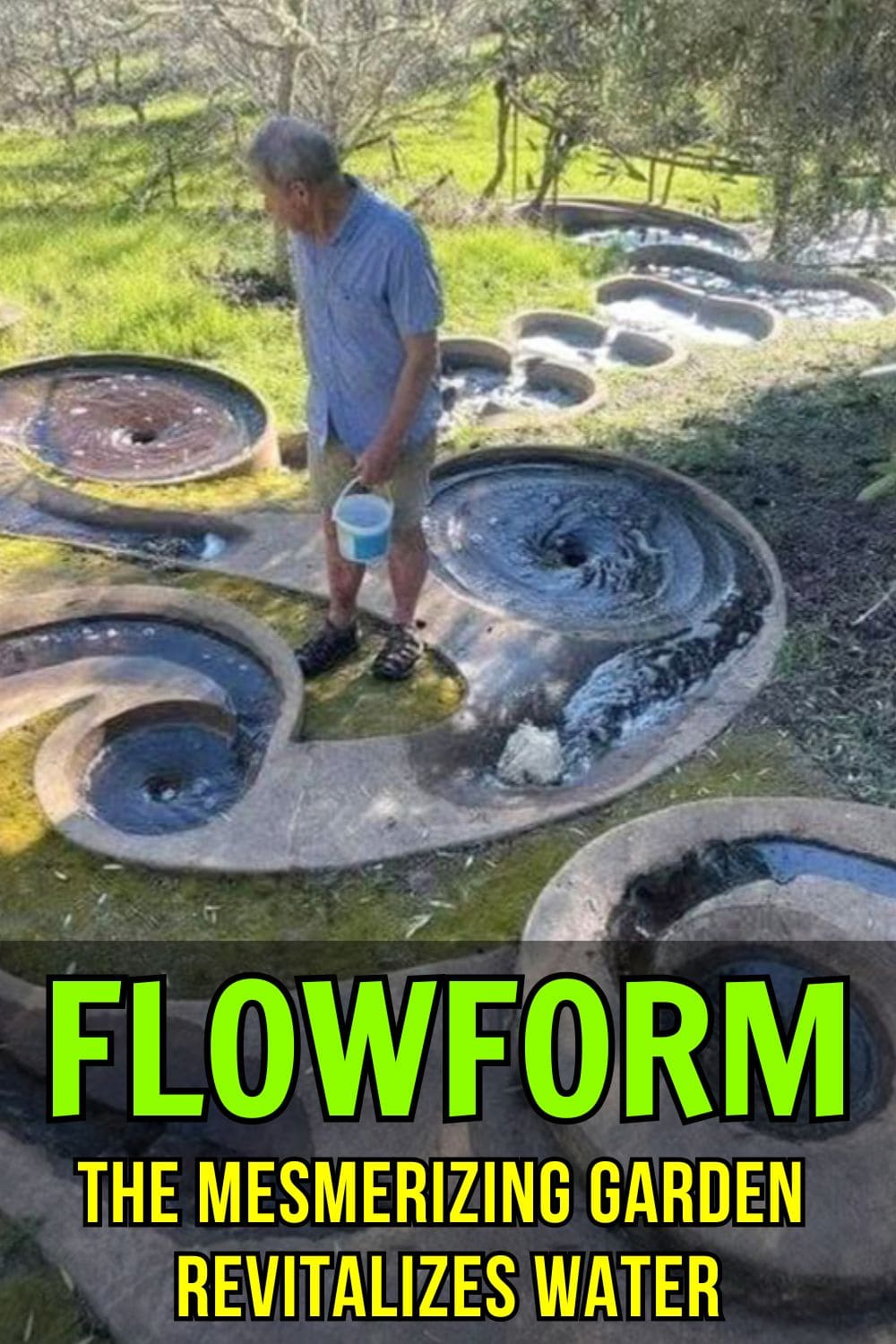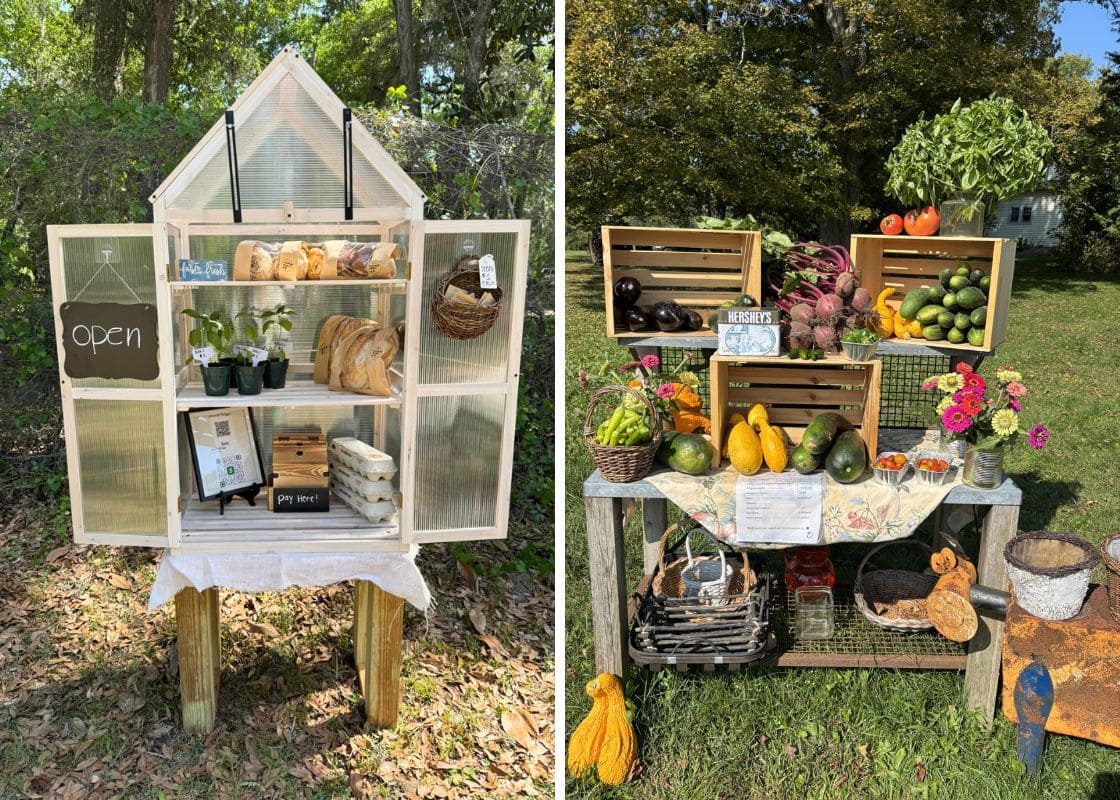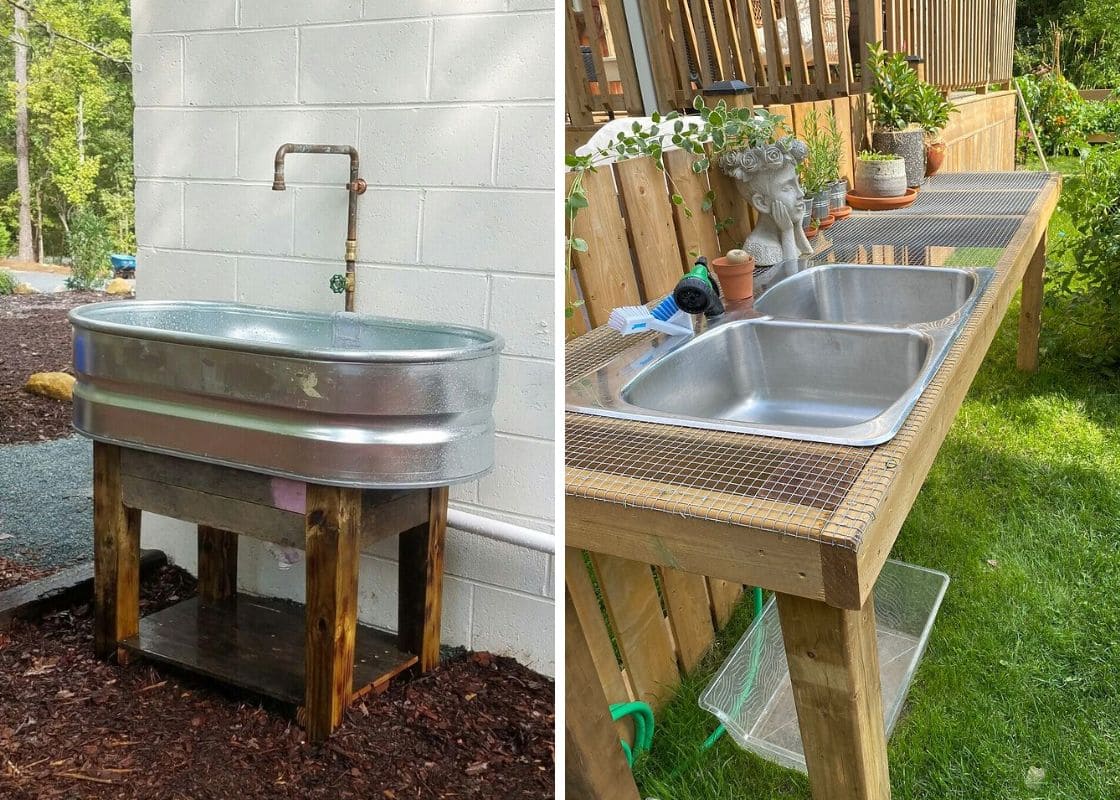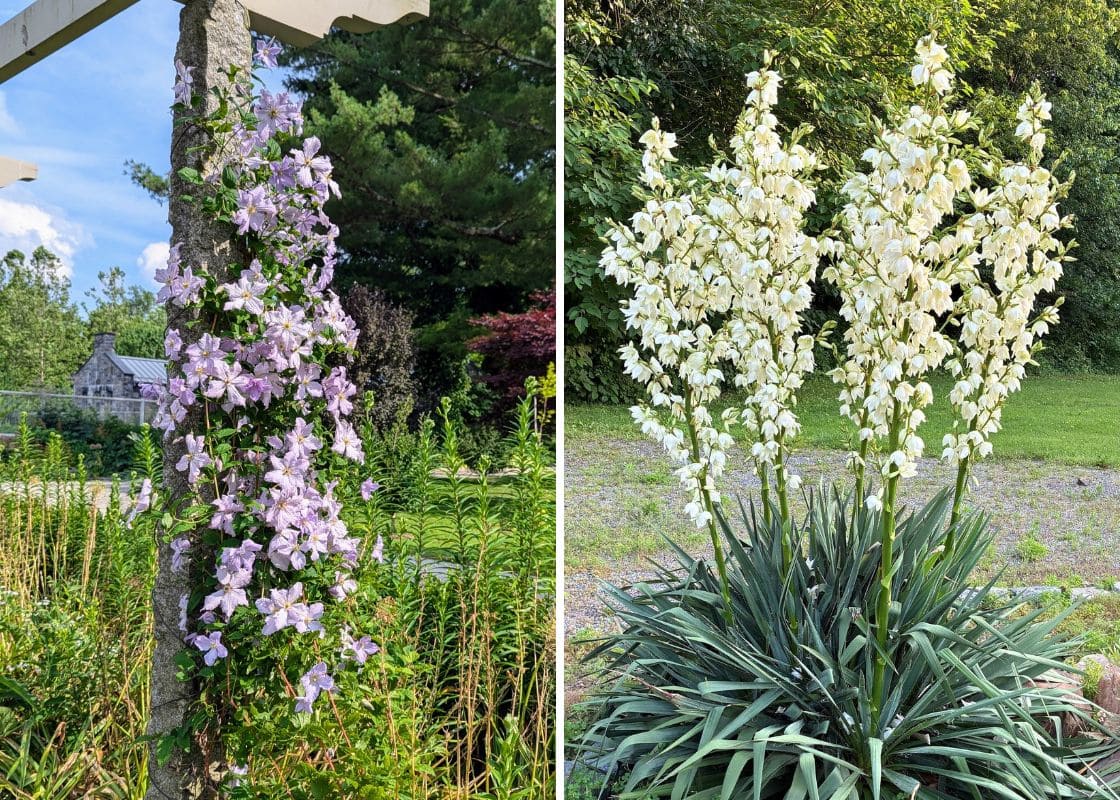When you first see a flowform system, it almost feels like stumbling across a hidden piece of art carved into nature itself.
Spiraling bowls, rhythmic whirlpools, and gentle lemniscate (figure-eight) movements turn an ordinary stream of water into something alive and expressive.
But behind that beauty lies a deeper purpose, one that has been used in organic and biodynamic farming for decades.
Flowforms aren’t just decorative water features. They’re carefully designed hydrodynamic structures that help oxygenate, purify, and re-energize water by mimicking the natural movement found in mountain streams.
And the result is water that many farmers, gardeners, and educators believe becomes more vibrant, flexible, and beneficial for plants and soil life.
What Exactly Is a Flowform?
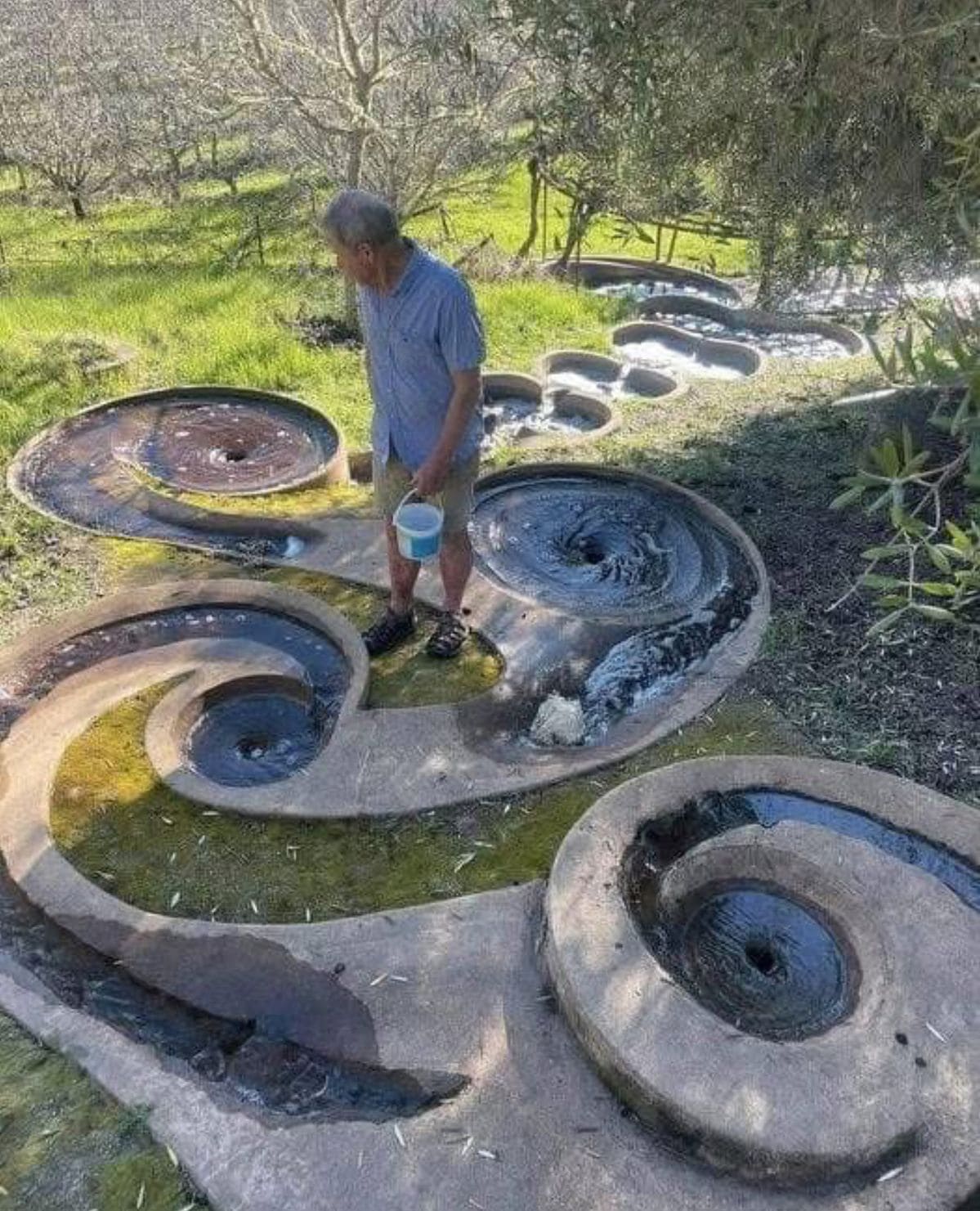
A flowform is a series of specially shaped basins that guide water into rhythmic, pulsing spirals.
As water spills from one basin to the next, it moves in a lemniscate, an endless looping movement similar to an infinity symbol. This pattern creates small whirlpools that energize the water through:
- Natural oxygenation
- Fluid rhythmic pulsing
- Turbulent-cleaning motions
- Enhanced mixing of minerals and microorganisms
This isn’t just aesthetic. The design is based on research from hydrodynamics, biomimicry, and biodynamic agriculture.
The goal is to restore qualities water loses when it becomes stagnant, pressurized, or chemically treated.
Why Flowing Water Matters
Water behaves very differently when it moves versus when it sits still. In nature, the cleanest and most vibrant water is almost always found in fast-flowing streams, where it twists, aerates, and reshapes itself against rocks and curves.
In mountain streams, every bend creates vortices and counter-vortices that pull fresh oxygen into the water. This oxygen supports beneficial microbes while suppressing anaerobic, harmful ones.
Therefore, the spiraling motion also helps distribute minerals more evenly and prevents stagnation, a condition where water becomes tired, flat, and less supportive of life.
How Flowforms Revitalize Water

1. Rhythmic Pulsing
Inside a flowform, water is guided into a repeating figure-eight pattern that creates a soft, steady pulse. This motion helps the water regain the flexibility and liveliness it naturally develops in mountain streams.
The looping movement gently reorganizes the water, giving it a more balanced structure that feels fresher and more responsive.
2. Turbulent Oxygenation
As the water spirals through each basin, small vortices form and pull air down into the flow. This introduces oxygen in a natural, effortless way.
The increased oxygen gives the water a lighter, brighter character and makes it more supportive for the living organisms found in healthy soil mixtures.
3. Micro-Mixing and Mineral Distribution
The curves and dips inside each basin keep nutrients, microorganisms, and tiny particles in motion. Instead of settling, everything blends smoothly and evenly.
Compost teas and biological preparations made with this water often develop a more harmonious, well-mixed consistency because of this gentle, continuous movement.
4. Natural Self-Cleansing Motion
The shifting spirals help break apart fine particles and encourage the water to shed some of the heaviness it can develop when stagnant.
While not a filtration system, this flow creates a noticeably cleaner feel, closer to water that has moved through natural river bends rather than sitting still in a tank or pipe.
5. Structural Renewal and Energetic Rebalancing
Repeated looping helps the water recover a sense of vitality that is often lost in storage tanks or straight pressure pipes.
Gardeners frequently describe revitalized water as tasting fresher and feeling more alive, and plants tend to respond to it with stronger, more confident growth.
Where Flowforms Are Used
Farmers who follow organic or biodynamic methods often place them near their gardens or barns because the revitalized water works beautifully for preparing microbial blends and foliar sprays.
Home gardeners use flowforms for a completely different reason: the combination of beauty and function. A flowform can serve as a centerpiece in a yard, turning a quiet corner into a small oasis while quietly improving the water for irrigation.
Schools and environmental learning centers appreciate them because the movement is easy to observe and helps students understand natural cycles and the behavior of water.
And in therapeutic gardens or wellness spaces, the gentle pulsing sound becomes a source of calm, offering visitors something soft to watch and listen to.
Even public parks have adopted them, not just for their practical benefits, but because their presence feels like a sculpture shaped by nature.
Benefits of Flowforms for Plants and Soil
Plants respond quickly when the water they receive carries more oxygen and has been mixed through spiraling motion.
Roots absorb revitalized water more easily, allowing them to establish deeper networks that support stronger top growth.
Many gardeners describe their plants as looking more vibrant, with sturdier stems and leaves that hold color more intensely.
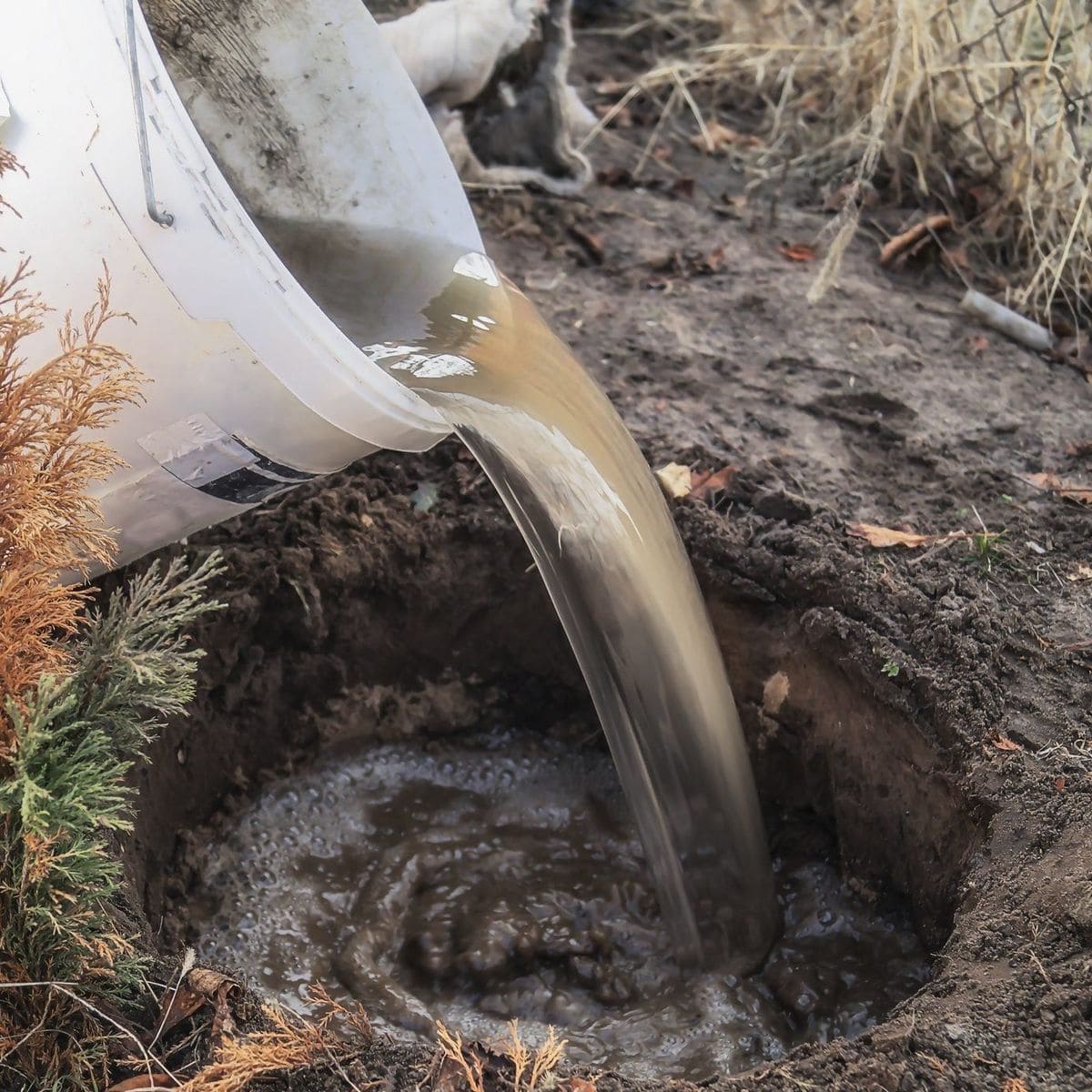
In addition, the soil experiences its own transformation. Aerobic microbes flourish when they’re given oxygen-rich water.
The flowform’s gentle spiraling seems to awaken them, creating a livelier underground ecosystem.
Compost teas mixed with this water often ferment more evenly, producing a richer, more active blend that plants absorb quickly.
As weeks pass, the soil begins to feel looser, smell sweeter, and support more balanced biological activity.
